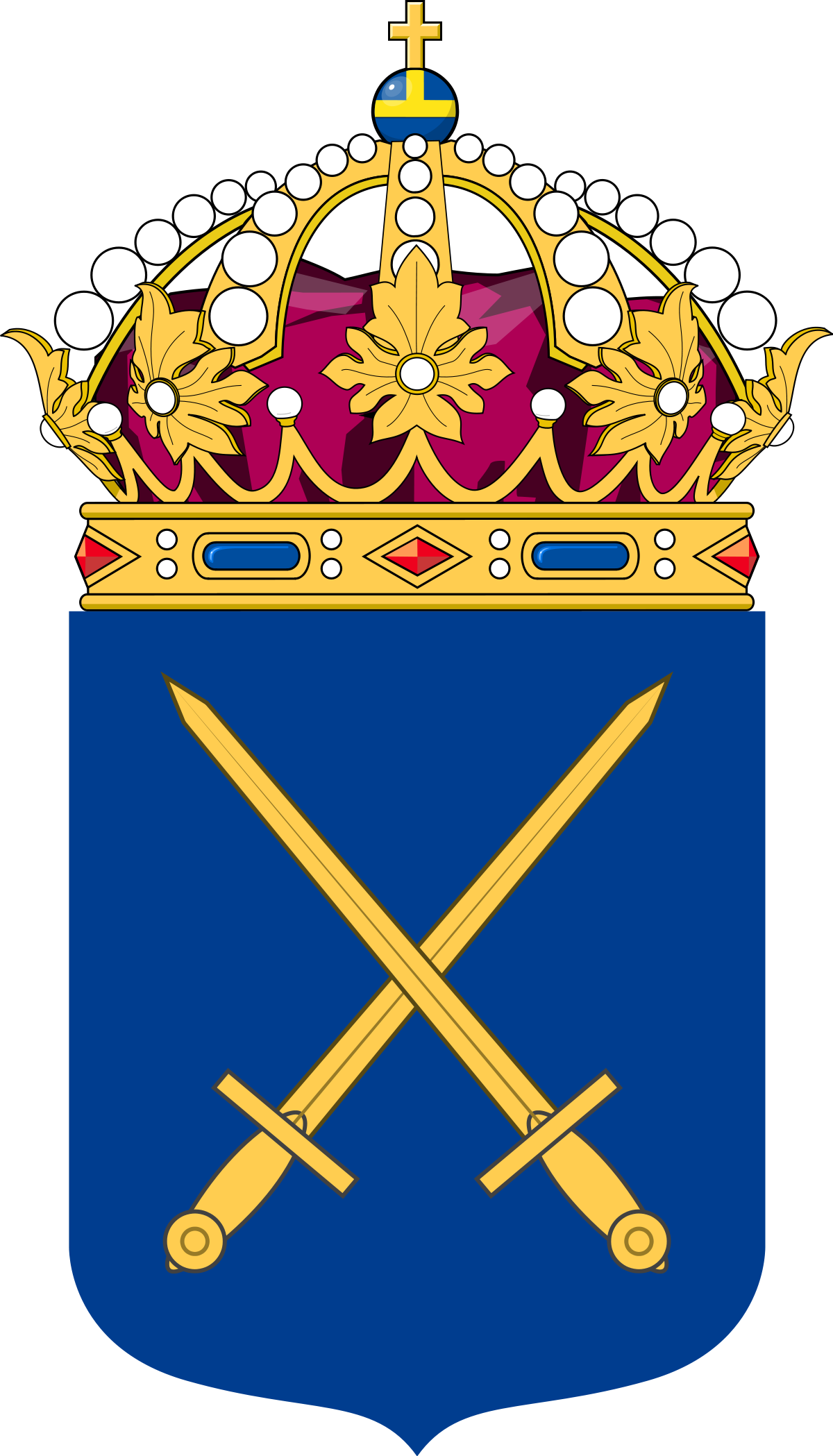TangoTwoBravo
Army.ca Veteran
- Reaction score
- 3,283
- Points
- 1,110
It would depend. The company group would be part of a Battle Group (BG) that would in turn be part of a Brigade. The BG would certainly be Canadian. The Bde might not be.How much artillery cover could we offer our Combat Team? I assume a 155mm battery/regiment as required?
We should have some form of Battalion/Battle Group level fire support - most armies use mortars. The Bde would have a Regiment/Battalion of artillery - lets say SP 155mm. Maybe they all fire in support of our company group. Maybe they have another more pressing target?
One thing I neglected to mention in my little wargame was engineer support. However it happens, the company/combat team would have counter-mobility support (as part of a higher plan) and survivability support.
If we were employing an Optimized Battle Group as part of a multi-national Bde or Div then I would imagine that Canada would include an Engineer Sqn. Or not! Perhaps Canadian Sappers would in turn be part of a multi-national Engineer construct. The Staff College assumption is an integral Canadian Engineer Squadron.




